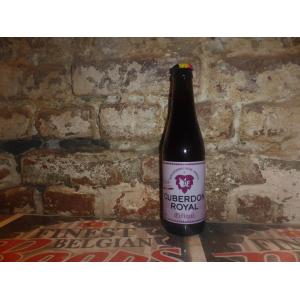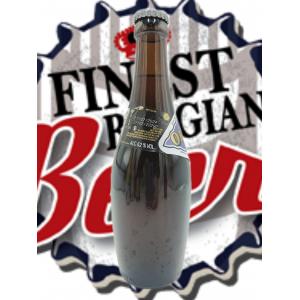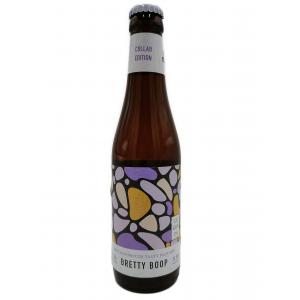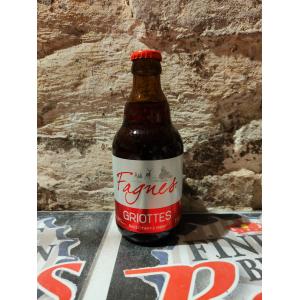The history of the brewery goes back to 1784. Many hundreds of home breweries in Flanders made their own beer for their own consumption or as a side activity of farming, because it was safer to drink beer than water. In Ertvelde, Jean Baptise De Bruin started the brewery DE PEER. He turned the beer brewery into its main activity and sold the beer. De Bruin married Angelina Petronella Schelfaut who continued the brewery after his death. When she died, she left the brewery to her cousin, Jozef Schelfaut, who had assisted her for many years in the brewery and knew the art of brewing. His daughter Margriet married Paul Van Steenberge, a professor of microbiology at the Ghent brewing school. After the First World War, he took charge of the brewery. In 1919 he changed the name of the brewery to BREWERY BIOS, after the beer with the same name that went into production at the time. Unfortunately, his heart was with politics, not with beer. He was the mayor of Ervelde and a senator. Even though he wasn’t often present in the brewery, he was a real businessman. Thanks to his background as a professor in microbiology at the technical college of Delft, where he worked with a student of Louis Pasteur, he knew perfectly well what he was doing. He successfully launched a number of beers such as Bios Flemish Bourgogne (old brown) and Leutebock (lager). He invested in a new brewing hall, new tanks and switched from wooden barrels to glass bottles. His business instinct was stronger than his passion for brewing and he decided to become part of a cooperation when many breweries had a hard time because of the war. As a result, he could cut costs and benefit from the knowledge of the other brewers. Something unthinkable nowadays…
But that was without taking into account his wife Margriet, who was mainly raising her son Jozef Van Steenberge who was born in 1914. She had inherited the brewery from her father. To her, becoming part of a cooperation equalled a sell: “I was born a brewer, and I will die a brewer’, she stated. Fortunately, she didn’t change her mind and fortunately, her son had inherited her passion for the trade.
After the death of his father in 1962, Jozef Van Steenberge took over the management of the brewery. He refocused on the production of high-quality beers of high fermentation. The malt house and the hop extraction fields, planted by Jozef Schelfaut, disappeared. Instead, Van Steenberge led a purchasing policy of raw materials, based on very strict specifications. But it wasn’t at the age of 64, after a political career as mayor and senator – just like his father – that Van Steenberge focused on the brewery full-time. That’s when the brewery started the brewing of special beers of high fermentation and secondary fermentation. Around the same period, in 1978 to be precise, the brewery acquires the recipe of the beer that the Augustin friars brewed in their monastery in Ghent. It is fine-tuned in Ertvelde and in 1982 it is launched on the market. It is an instant success and remains the top beer up until today. The range is completed with other beers of high fermentation such as Piraat and Gulden Draak. He hits bull’s eye: at the beginning of the eighties, the market for special beers with a high alcohol percentage was rather limited. But ever since the year 2000 the beer market knows a very clear trend: the demand for lager beers decreases in favour of special beers with a rich and complex taste. Jozef Van Steenberge somehow foresaw this trend. Thanks to the focus on this type of beers, the brewery could survive and grow. It was ready for the generations to come. In 1990, Paul Van Steenberge, Jozef’s son, takes over the company. He builds a new, fully automated brewing hall, a computerised barrel filling installation, a water purification installation, a new bottling installation and a steam plant with natural gas. The expected saturation of the national market was an important stimulant to prospect abroad.
In 1998, Jef Versele, Paul Van Steenberge’s cousin and the 7th generation of the brewing family, reinforced the team. He expanded the export of the attractive offer of high-fermentation beers up to 60%. The main export countries are the US, the Netherlands and Italy.
In order to fulfil the ambitious plans for the future, the Augustijn range is extended with Augustijn Dark in 2009. The launch of this new beer was the perfect occasion to do a fresh and contemporary restyling of the blonde and Grand Cru variety. This launch doesn’t mean that the brewery stops developing new beers or new presentations or that it stops optimizing the management processes, focusing as ever on constant quality.



